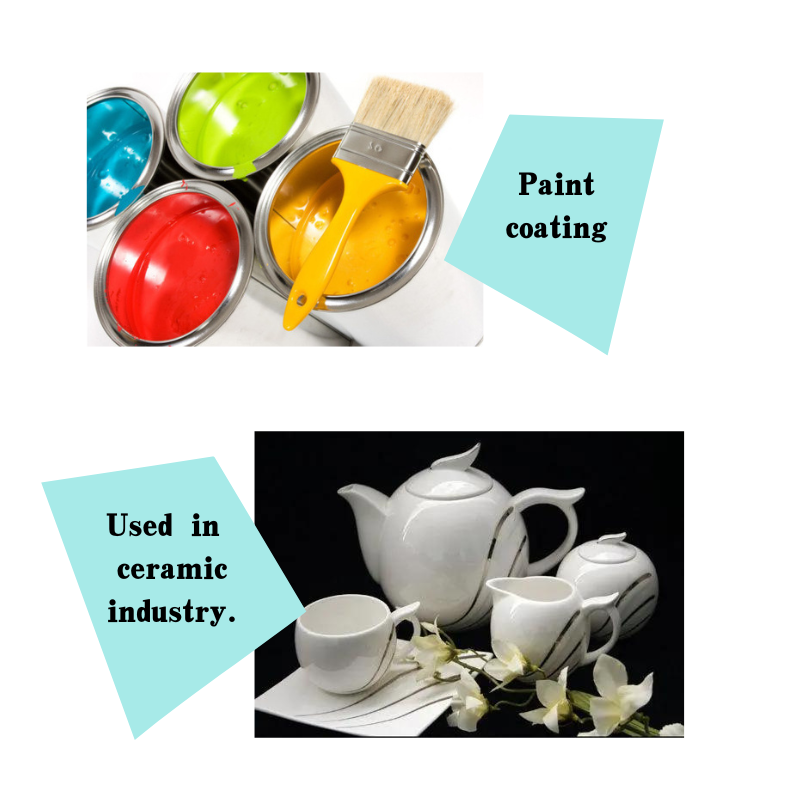
perlite or pumice factory
The Role of Perlite and Pumice in Modern Industry
In recent years, the demand for lightweight, high-performance materials in various sectors has led to an increased focus on natural aggregates like perlite and pumice. Both materials, formed from volcanic glass, offer unique properties that make them invaluable in industries such as construction, horticulture, and even hydroponics. In this article, we will explore the origins, characteristics, and applications of perlite and pumice, as well as the significant role factories play in their production.
Origins and Characteristics
Perlite is a volcanic glass that, when heated to a temperature of about 1,600°F (870°C), expands and transforms into a lightweight, porous product. This expansion occurs when the water content trapped within the volcanic glass vaporizes, creating bubbles that give perlite its distinctive honeycomb structure. This structure results in a highly lightweight material with excellent insulation properties.
Similarly, pumice is formed from volcanic lava that cools rapidly with trapped gas bubbles, resulting in a soft, light rock. Pumice is characterized by its abrasive texture and high porosity, which allows water and air to move freely through it. These properties make pumice particularly valuable in industries that require filtration and lightweight aggregates.
Applications in Various Industries
1. Construction Sector Both perlite and pumice are widely used in construction due to their lightweight and insulating properties. They are often added to lightweight concrete to improve thermal insulation and reduce overall weight. Additionally, pumice can be used as a natural aggregate in concrete production, enhancing its strength and durability.
2. Horticulture In gardening and landscaping, perlite is a favored amendment for potting mixes and soil blends. Its excellent drainage properties prevent overwatering and root rot, helping plants thrive in well-aerated soil. Meanwhile, pumice serves a similar purpose, improving soil aeration and moisture retention while providing essential nutrients to plants.
perlite or pumice factory

3. Filtration The porous nature of pumice makes it an effective filter medium. It is commonly used in water treatment plants to remove impurities from water, contributing to cleaner and healthier water supplies. Its lightweight and durable nature allow for efficient filtration systems with lower maintenance costs.
4. Hydroponics With the rise of soilless farming, both perlite and pumice have gained popularity in hydroponic systems. Their ability to retain moisture while providing excellent aeration makes them ideal substrates for growing plants without soil. This method not only conserves water but also promotes faster plant growth and higher yields.
The Role of Factories in Production
The production of perlite and pumice at factories involves several processes, from mining to expansion and packaging. Factories ensure that both materials are consistently produced with high purity levels and granule sizes tailored to their specific applications.
Mining operations for perlite and pumice typically take place in volcanic regions, where raw materials are extracted from the earth. Once mined, perlite is crushed and heated in industrial furnaces. The expansion process transforms it into the lightweight product used across various sectors.
Pumice, on the other hand, is usually crushed into different grades based on the required particle size for its application. Factories play a crucial role in maintaining quality control, ensuring that each batch meets the necessary standards for use in sensitive applications, such as horticulture and water filtration.
Conclusion
The lightweight and versatile characteristics of perlite and pumice have solidified their position as essential materials across various industries, from construction to horticulture. As the demand for sustainable and high-performance materials continues to grow, the role of dedicated factories in the production and refinement of these volcanic aggregates will become increasingly important. By harnessing the unique properties of perlite and pumice, industries can develop innovative solutions that contribute to a more sustainable future. The collaboration between natural resource extraction and advanced manufacturing techniques ensures that these materials remain at the forefront of modern industry.
Share
-
Premium Glass Sand Solutions | High Purity SupplyNewsAug.03,2025
-
Premium Talcum Powder Enhanced with GPT-4 Turbo | Soft & Long-LastingNewsAug.02,2025
-
Fly Ash Solutions Enhanced by GPT-4 Turbo | Sustainable InnovationNewsAug.01,2025
-
Natural Premium Bentonite Cat Litter - Superior ClumpingNewsJul.31,2025
-
Premium Resin Coated Sand - High Heat Resistance CastingNewsJul.31,2025
-
High Quality Silicon Carbide Grit for Abrasive ApplicationsNewsJul.30,2025






